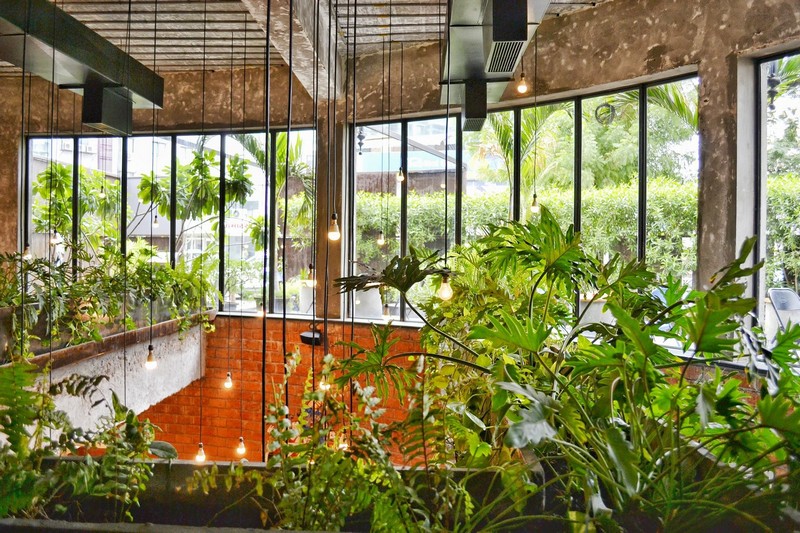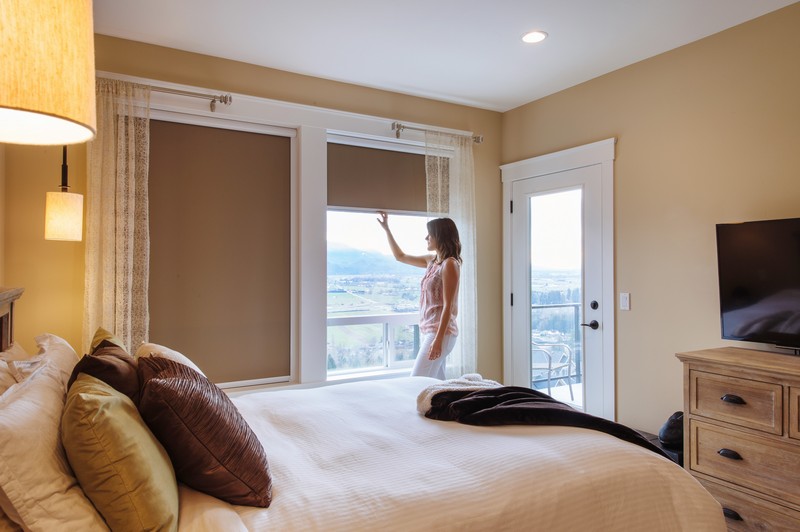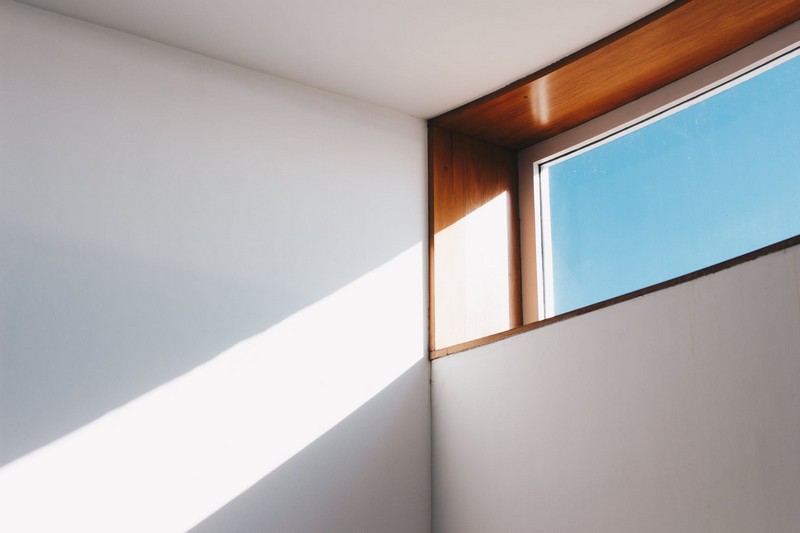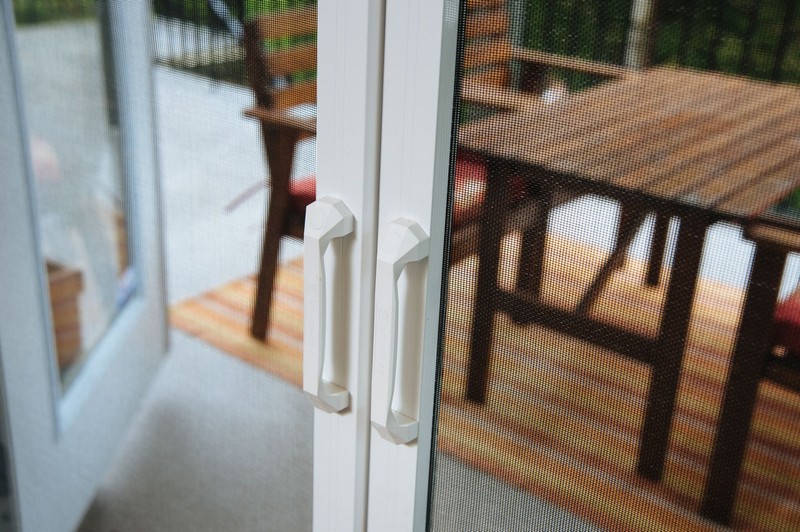
Adding more light to your home
If you ever feel like you’re living in a cave, you might just need more natural light in your home. There are all sorts of features in your house that may be preventing the flow of sunlight without you knowing. From the colors on your wall to the positioning of furniture, there are ways to optimize the daylight that your home receives. Use these techniques to open your home to the natural light of the sun:
Add windows
First of all, you’ll need to know which sides of the house get the most sunlight. Once you are sure, you can then optimize that part of your home by adding windows on the walls that face the sun. This will increase the volume of light entering the house by adding new passages for the light to travel through. Similarly, you should be paying attention to notoriously dark spaces in your home. Stairwells and hallways are likely to be trouble spots. If these areas have an exterior wall, consider installing windows there, too. You could even add in a “sun pipe” from the roof to bring natural light into gloomy areas of your home that don’t have outside walls!

Ditch curtains
Getting rid of heavy curtains doesn’t have to mean sacrificing privacy. Instead of curtains, consider investing in Phantom Screens’ retractable screens. Retractable screens are unobtrusive and completely invisible when not in use! When you need privacy or a little darkness to watch a movie, simply deploy the screens. Retractable screens can be fitted on any type of window to make installations easy.
Light entering from the top of the window will reach deepest into a room. Oftentimes, blinds fold up into the top of the window, still blocking sunlight. Thankfully, Phantom Screens’ retractable screens recess completely out of the window to ensure you’ll be getting every drop of light you want!

Employ reflection
You can also use principles of reflection to multiply the amount of light entering a room. Bright or white surfaces reflect light, so consider painting the walls of your home in light shades to help to reflect sunlight. Meanwhile, don’t forget about your ceilings! You can paint them either white or a color closely related to white. Again, keep reflection principles in mind when choosing furniture. Rather than gloss finishes that create glare, consider purchasing furniture with matte finishes.
Another idea to keep in mind is to utilize contrast to highlight areas of the house. For example, paint the walls with deep colors in cozy spaces, but have bright features. A white piece of art on top of a mossy green wall brings attention to the object, and vice versa. You can also use mirrors as wall art to further reflect light. In other words, be strategic!

Moving furniture
Furniture can also block light from moving about a space. Large objects, such as bookcases, should be placed perpendicular to the windows. This allows light entering to move forward without any interruption.
Trade for glass
Consider adding glass to both interior and exterior doors to allow easy light flow. If you are concerned about privacy, not to worry! There are plenty of options to keep your privacy.
For example, font doors can have frosted or patterned glass that obscures images seen through them. Also, while the interior of your home may not be the most intriguing place to add glass, it will promote the flow of light. If the entrances to your study, kitchen or living room have doors, you can replace them with glass fixtures. Another great option would be French doors while exterior doors can be screened with Phantom’s retractable door screens.

